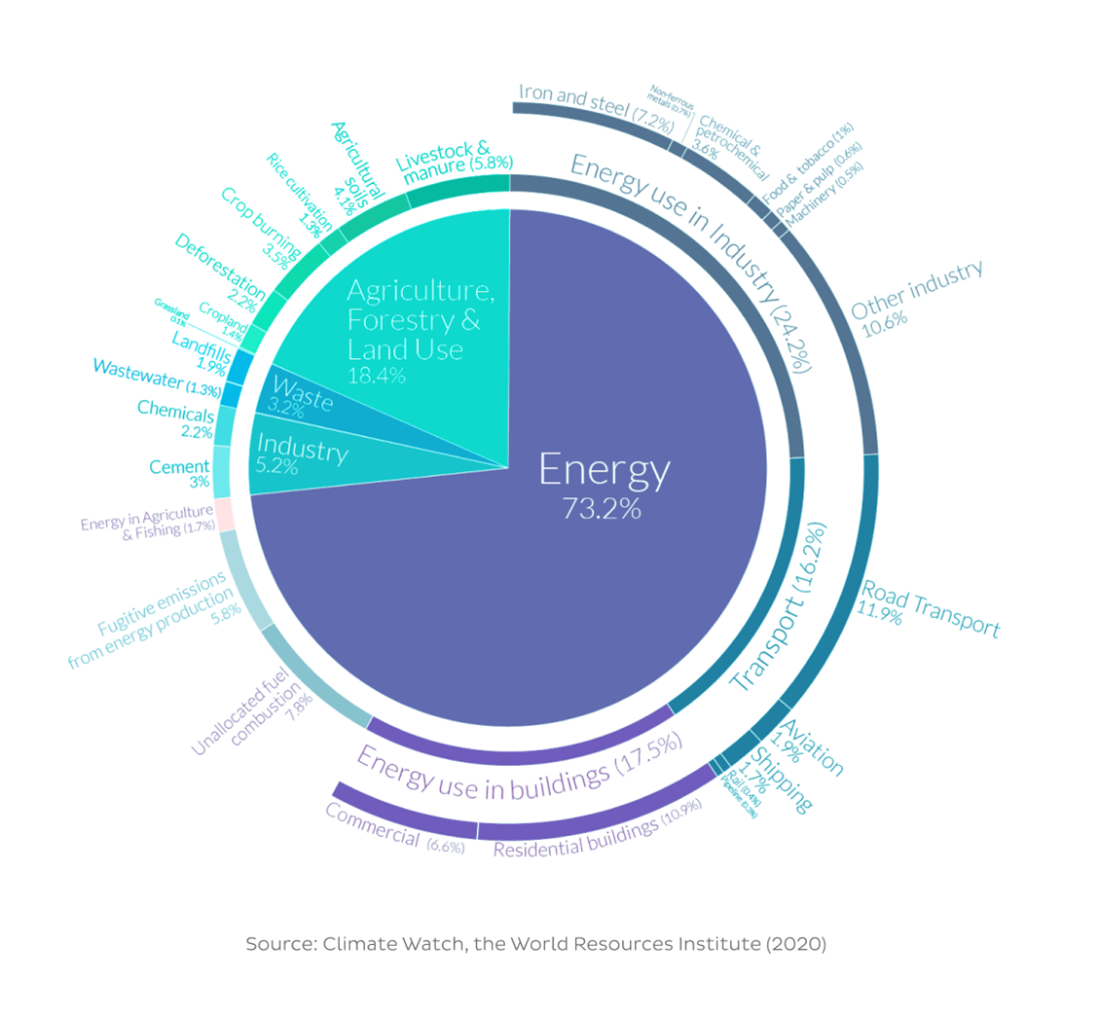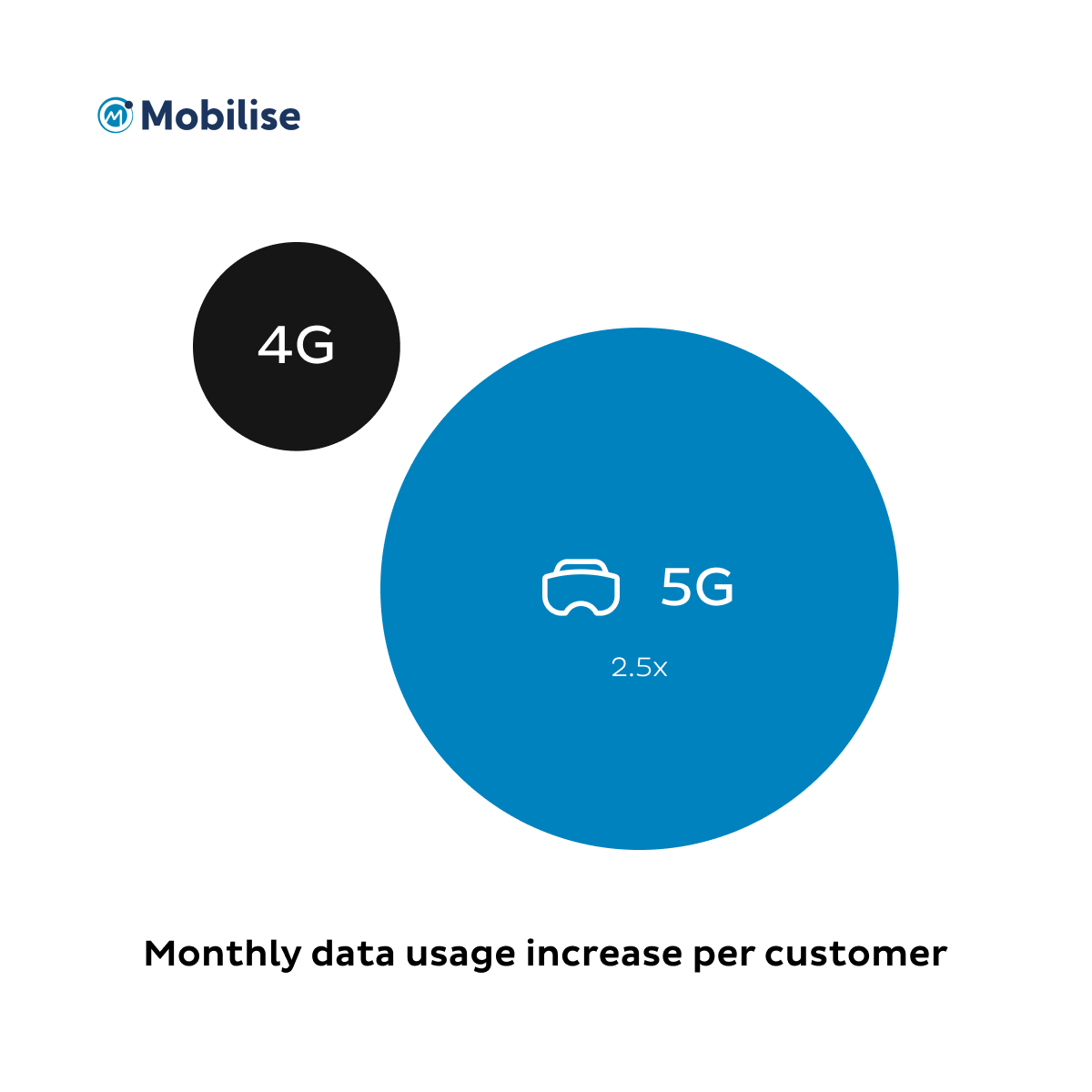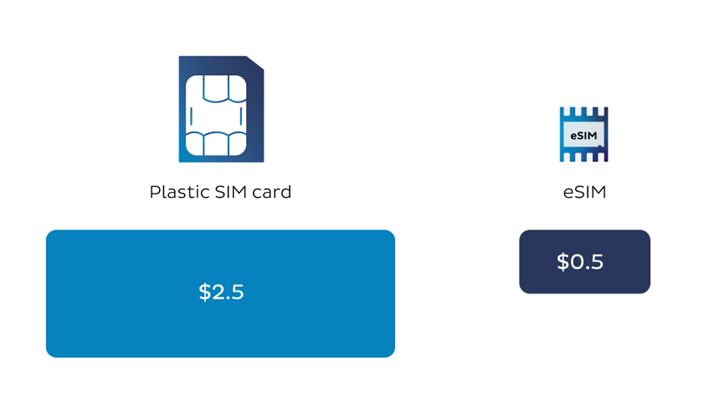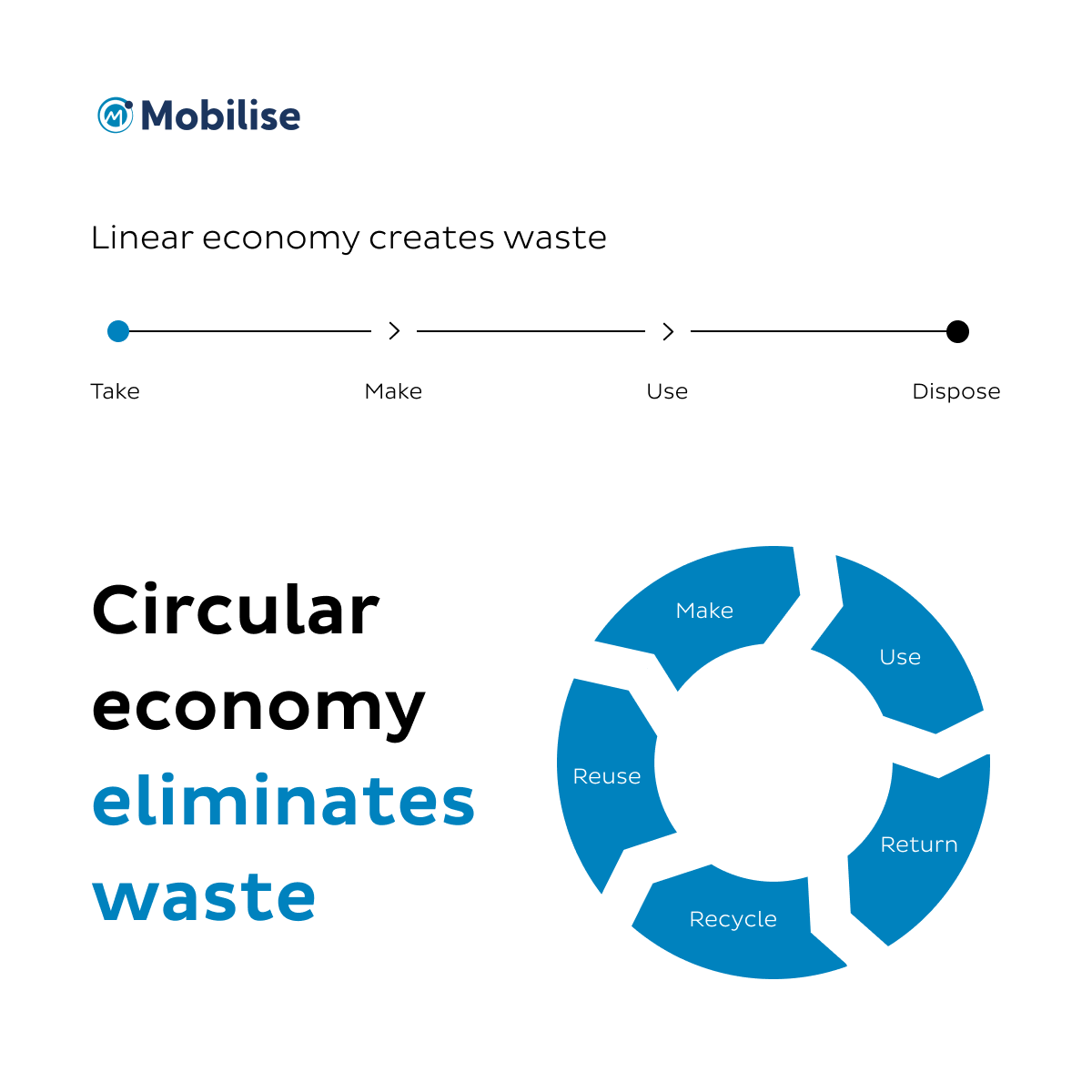Sustainability in the telecommunications industry is imperative.
Not everyone thinks it’s important to strive for in business, but there are more opportunities and benefits in implementing sustainable operations than disadvantages. And although not the biggest culprit of heightened carbon emissions and waste production by far. The telecommunications industry must still make its operations, products, and services more sustainable.

Telcos must align their goals with those of a low-carbon economy and implement a sustainability strategy capable of achieving those goals. Through this, not only can sustainability in the telecommunications industry be improved, but it can also extend the positive environmental impact to other sectors.
Done right, sustainability doesn't cost. It pays.
Ray Anderson, CEO of Interface
The 5G Paradox
What is widely understood about 5G is that it offers greatly reduced latency to facilitate faster upload speeds and much greater bandwidth. 5G has been proven to be a far more energy-efficient technology.
According to research conducted by GSMA Intelligence, the increased use of 5G will drive a disparate rise in mobile data traffic and energy consumption, even though 5G is 50% or more energy efficient than 4G on a national scale.
From a consumer perspective, it’s a major benefit as it can enhance the capability for mobile gaming, allowing for a more seamless and lag-free experience. In fact, the Five ways to a better 5G report by Ericsson found that 5G users are very likely to recommend their service provider’s brand to others, and consumers are willing to pay 20% – 30% more for 5G plans bundled with digital services.
But the increased individual energy consumption may have a knock-on effect on the monthly data usage per customer. Data usage is expected to increase by 2.5 times compared to 4G smartphones from applications that use video streaming, augmented reality (AR) and virtual reality (VR).

Intervention is required from telcos to ensure that the benefits and energy efficiencies of 5G networks are maximised to their full potential while reducing CO2 emissions. It’s only a matter of time before 2G and 3G become obsolete and 5G becomes essential for mobile users. Refusing to rise to the challenge sufficiently will only mean getting left behind.
RECOMMENDED READING
Is 5G really worth it-a necessary investment, or a costly risk?
AI technology supporting energy efficiency
AI provides endless opportunities for telecoms and SPs to become more energy efficient and minimise costs. SPs can use AI for efficient data analysis, processing and translating into actionable insights. It allows vast amounts of data from different sources to be analysed quickly and efficiently. In turn, this can enable snappy automated decisions making to aid in resource management and allocation.
However, the main downside of this is that widespread adoption is limited by cost, data availability and cultural resistance from within companies.
eSIM
In the case of physical SIM cards, the UICC chip is manufactured to be a part of a small plastic piece that we then insert into our phones. Each SIM card is enclosed in a credit card-sized holder for better usability. The holder, which is approximately 8 times larger than the SIM card itself, is disposed of right after the SIM card of the desired size has been removed. Not to mention the packaging, which more recently is made of recyclable paper or card.
In research conducted by ABI Research, 4.5 billion plastic SIM cards were produced worldwide in 2020 to connect mobile devices to the network, in a plastic and carbon-intensive manufacturing process. Although many telcos have partly dematerialised their SIM card offerings by reducing their size and packaging, the rise of the embedded SIM, or eSIM, could eliminate the need for physical components.
The carbon footprint generated from the production and distribution of SIM cards is typically very high. In 2012, the ICMA estimated that 2 billion SIM cards are shipped globally annually. Thus, the SIM card industry contributed about 2,000,000,000×35g CO2e or 70,000 tons.

A benefit of eSIM support is that it could help SPs reduce their costs by a whopping 80%. To put this into perspective, an SP with a 1 million customer base and approximately 50% gross additions per annum could save $1 million of cost per annum if they switched to 100% eSIM provisioning.
RECOMMENDED READING
Find out more about other benefits of eSIM in our eSIM white paper
Eco-SIM
To “eliminate the need to supply plastic SIMs entirely”, Vodafone launched Eco-SIM cards in October 2021. Recycled plastic is the main material in eco-SIMs. And they were introduced as part of the company’s commitment to reducing its impact on the environment. Vodafone rolled it out to their 12 European markets in addition to Egypt, Turkey, and South Africa.
This move was beneficial in those markets at the time, especially where eSIM is not as widely available. Which may reduce the need for raw materials. But telcos that offer this solution can’t call themselves green just yet. The emissions related to the delivery and production of Eco-SIM cards create even more emissions globally.
So why stop at Eco-SIM when eSIM is an option?
Mobilise’s eSIM as a service allows mobile operators to instantly onboard their customers, without waiting to deliver a physical SIM card. Customers can install and activate an eSIM through the app without the hassle of paperwork. Users can securely activate their SIM profile and connect their devices to the network with just one tap.
Not only does this streamline customer onboarding, but it also completely dematerialises SIM cards. Reducing the plastic waste and carbon emissions associated with SIM card manufacturing and transportation.
RECOMMENDED READING
Circular Economy
Masses of telecom devices become electronic waste. Mobile phones, SIM cards, wires, batteries, and other equipment are often in service for just a few years. However, the glass that makes up a device’s screen can take a million years to break down. Many of a device’s other components contain heavy metals. These include lead, mercury, and cadmium—which, if handled incorrectly, can pollute the environment.
To combat this issue, our industry must take a more circular approach. Many big vendors have already announced measures to encourage recycling. For example, Vodafone introduced a circularity program, which aims to repair, resell and refurbish old electronics to eliminate waste and reduce CO2 emissions.

The Circular Economy is a common concept in the telecoms industry. It emphasises preserving the value of products, materials, and resources for as long as possible. To extend the product life cycle and minimise waste. According to TXO, 90% of operators believe that the circular economy is important to their organisation.
Conclusion
Sustainable operations, products, and services are essential for all sectors looking to thrive in the future. And the importance of sustainability in the telecommunications industry continues to grow.
Not only does this benefit the world, but also telecom operators themselves. Adopting a sustainable strategy that applies throughout the business has many opportunities and advantages. From huge potential in reducing energy consumption and carbon footprint to reducing overall costs.
Telcos have a role to play in reducing their waste and emissions. But enabling sustainability across other sectors is where telcos have a greater opportunity to make a lasting, sustainable impact.
Consumers prefer companies that adopt sustainable practices. And failing to take this step could be detrimental in the long run.



